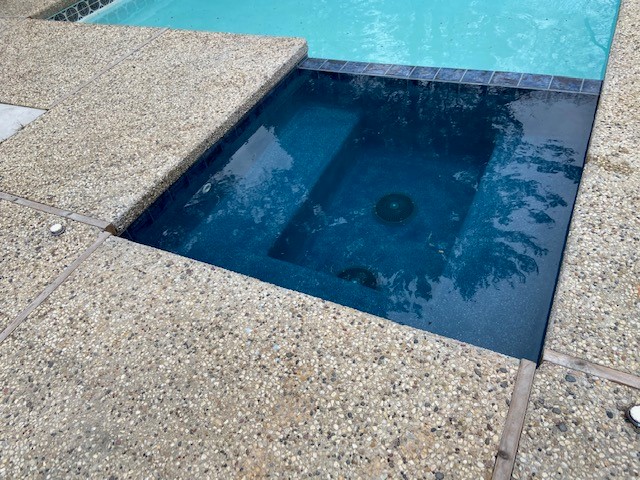Pool Maintenance Tasks: Reducing the Salt Level in Your Pool

With the uptick in popularity of saltwater pool systems, more questions are surfacing about how these pools should be maintained.
One of the more common questions about salt water pool maintenance is how to reduce the level of salt in the water. Typically, this question will arise when a new pool owner or someone who has recently switched to a saltwater pool has overestimated the pool's size and added too much salt.
For safe swimming conditions, the ideal salt level is going to be between 2500 ppm and 4000 ppm. An overly salted pool will generally not be a major problem (aside from salty-tasting water), but at levels, over 6000 ppm there may be corrosion damage to some of the metallic equipment. Furthermore, some saltwater generators require the water to be at 3000 to 4000 ppm and may not function correctly outside of their given range.
As always, we recommend hiring a professional pool company to provide regular service; this will ensure that your pool is always properly cleaned, tested and maintained. If you have tested the salt water levels and there is too much salt in your pool, here's what you need to know.
Dilute the Pool… if you Can
If the pool isn't full, go ahead and add fresh water from a garden hose. Once the water has been added, use the salt test strip to see if the salt water level is acceptable. Repeat as needed. Of course, if the pool is already full you'll need to drain it some first.
Evaporation is not the Answer
Metals and minerals do not evaporate with the water. So, if you sit around and wait for your pool water to evaporate, the salt concentration will actually increase. Adding water back in after it has evaporated will offset this to a degree, but you won't be significantly diluting the water this way.
Drain and Refill
Try draining about six inches of water from the pool and refilling it with fresh water. Turn on the pool pump to circulate the water, and retest the salt levels. If you're still at a higher salt level than you prefer, drain another six inches and refill with fresh water again. This is a trial and error approach; calculating the exact amount to be drained involves determining what fraction of the pool's water should be drained, calculating the average depth and using this to arrive at a volume of water to be drained.
To leave the tasks of testing and adjusting your pool's saltwater levels to a professional, consider signing up for weekly pool maintenance. If you're in the North Shore or western suburbs of the Chicagoland area and have questions about your inground saltwater pool, feel free to contact us today.